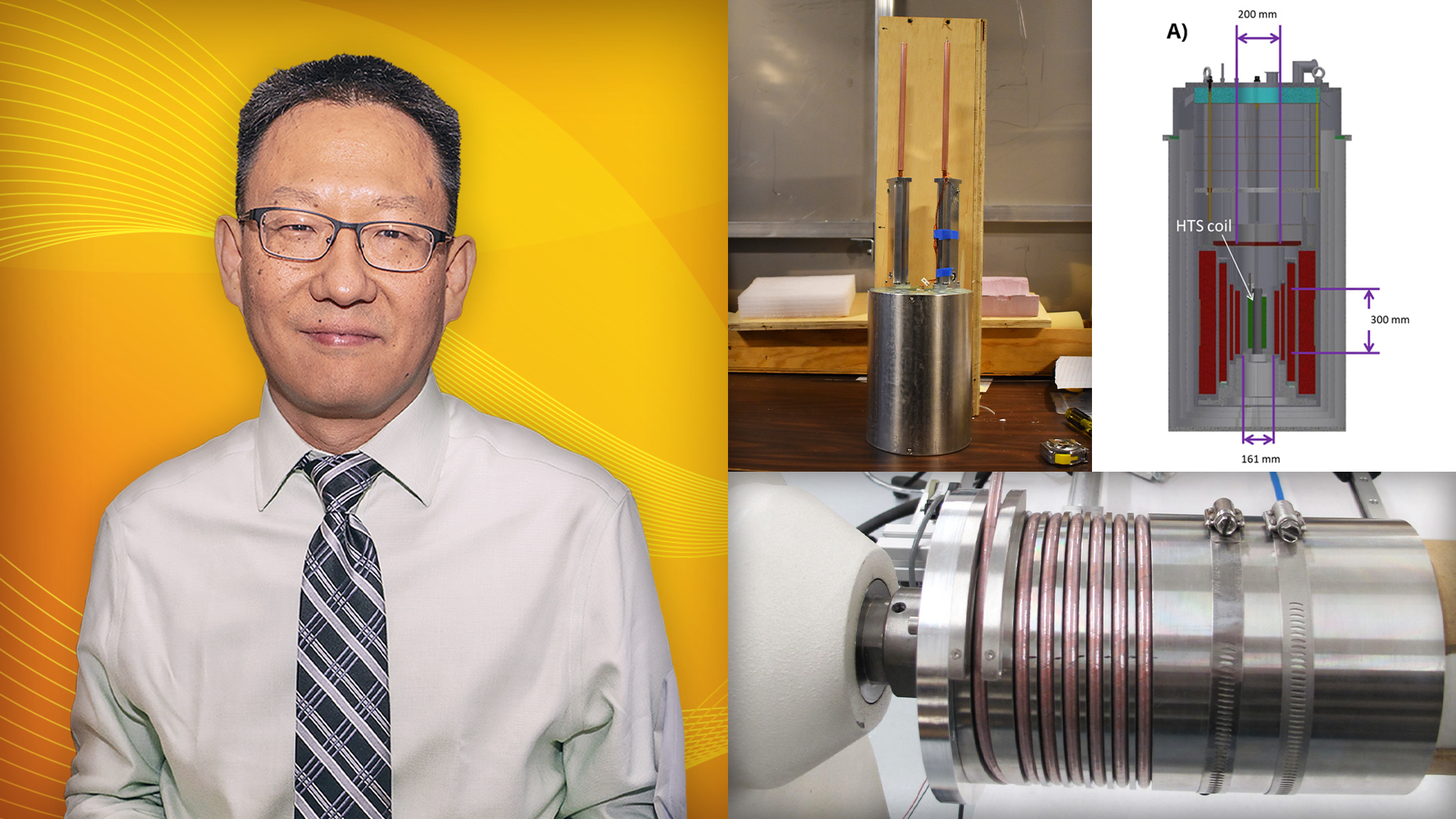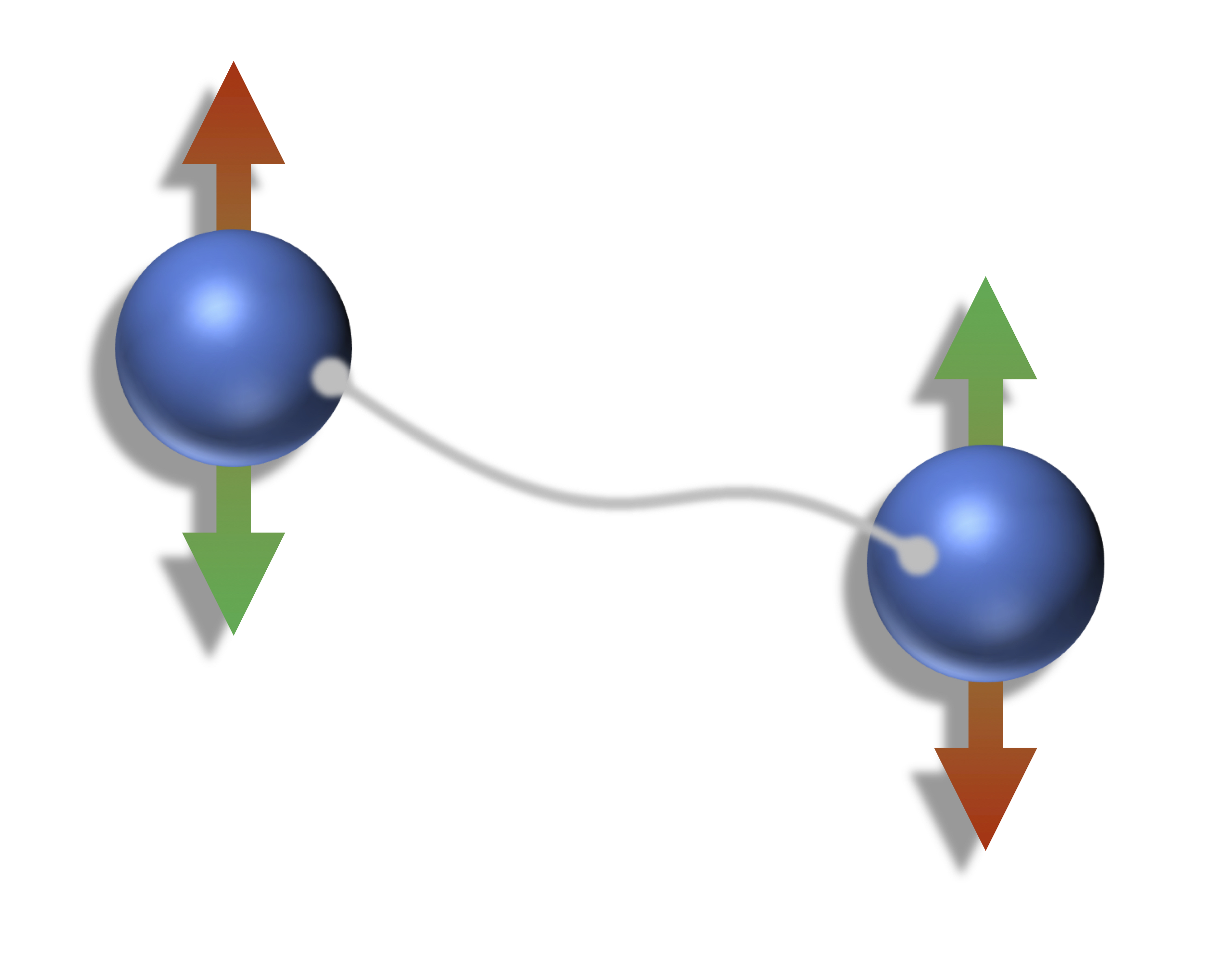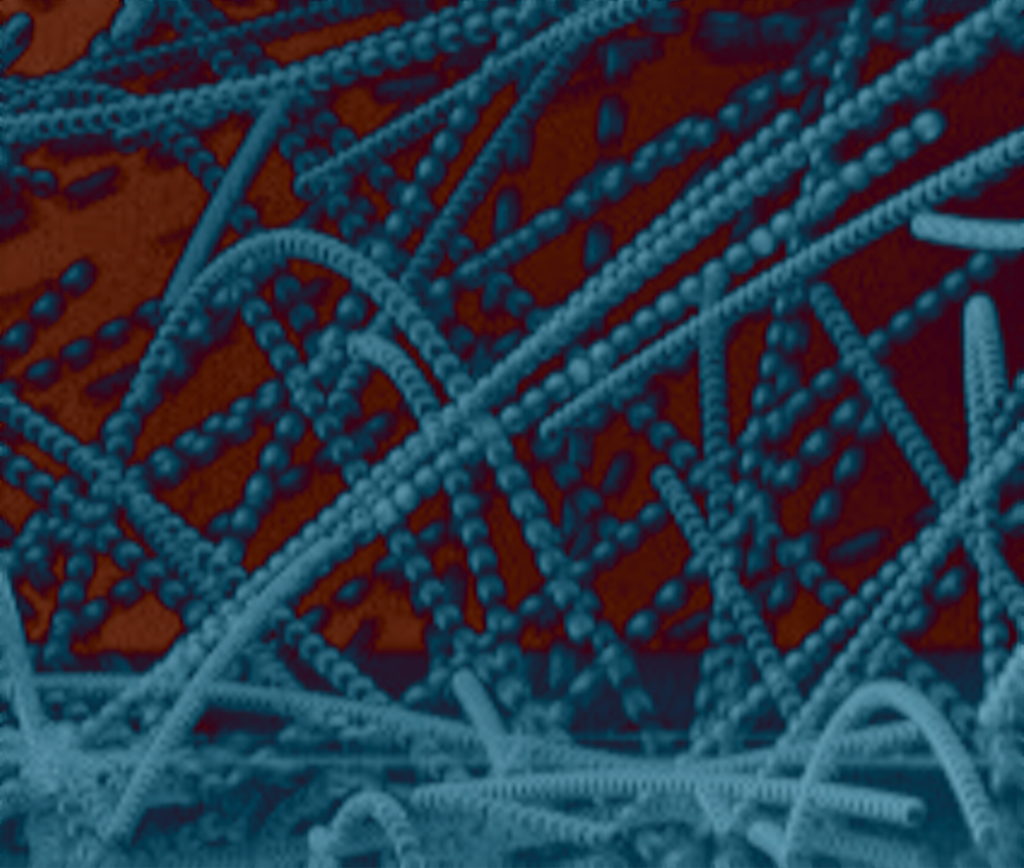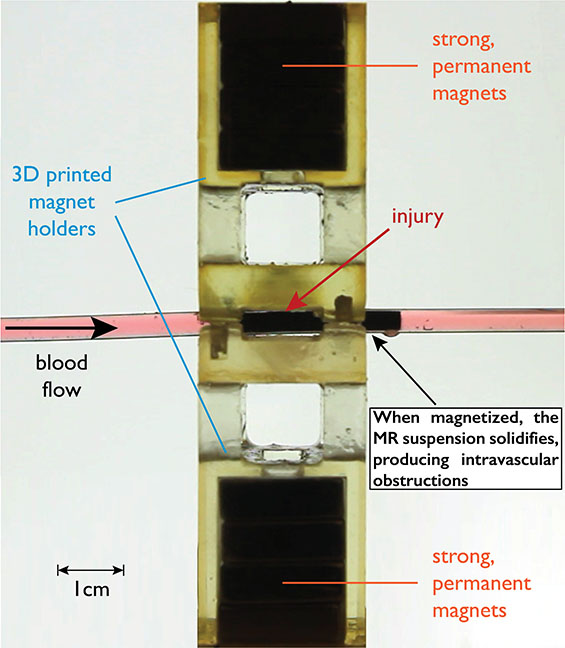High-temperature superconductor magnets have the potential to lower the costs of operating particle accelerators and enable powerful new technologies like fusion reactors. But quenches – the sudden, destructive events wherein a part of the material loses superconductivity – are a major barrier to their deployment.
Tag: Magnets
Cabling for LHC Upgrade Wraps Up
Experts at Berkeley Lab finished winding more than 2000 kilometers of superconducting wire into cables for new magnets that will help upgrade the Large Hadron Collider and the search for new physics.

Smaller, stronger magnets could improve devices that harness the fusion power of the sun and stars
PPPL researchers have found a way to build powerful magnets smaller than before, aiding the design and construction of machines that could help the world harness the power of the sun to create electricity without producing greenhouse gases that contribute to climate change.
New feedback system can improve efficiency of fusion reactions
PPPL scientists have refined the use of magnetic fields to improve the performance of doughnut-shaped fusion facilities known as tokamaks. The improved technique protects internal parts from damage by instabilities and allows tokamaks to operate for longer without pausing.
UW researchers have engineered heart tissue that beats like a tiny human heart
In case you’re looking for a unique Valentine’s Day story, I have a possibility for you: UW researchers have engineered heart tissue that beats like a tiny human heart. Their system is made up of roughly a million heart cells…
Magnetic Field and Hydrogels Could Be Used to Grow New Cartilage
Instead of using synthetic materials, Penn Medicine study shows magnets could be used to arrange cells to grow new tissues
Ultrafast lasers probe elusive chemistry at the liquid-liquid interface
Real-time measurements captured by researchers at the Department of Energy’s Oak Ridge National Laboratory provide missing insight into chemical separations to recover cobalt, a critical raw material used to make batteries and magnets for modern technologies.
Joined nano-triangles pave the way to magnetic carbon materials
Graphene triangles with an edge length of only a few atoms behave like peculiar quantum magnets. When two of these nano-triangles are joined, a “quantum entanglement” of their magnetic moments takes place: the structure becomes antiferromagnetic. This could be a breakthrough for future magnetic materials, and another step towards spintronics. An international group led by Empa researchers recently published the results in the journal “Angewandte Chemie”.

How a Magnet Could Help Boost Understanding of Superconductivity
Physicists have unraveled a mystery behind the strange behavior of electrons in a ferromagnet, a finding that could eventually help develop high temperature superconductivity. A Rutgers co-authored study of the unusual ferromagnetic material appears in the journal Nature.

How Planets May Form After Dust Sticks Together
Scientists may have figured out how dust particles can stick together to form planets, according to a Rutgers co-authored study that may also help to improve industrial processes. In homes, adhesion on contact can cause fine particles to form dust bunnies. Similarly in outer space, adhesion causes dust particles to stick together. Large particles, however, can combine due to gravity – an essential process in forming asteroids and planets. But between these two extremes, how aggregates grow has largely been a mystery until now.

Injection of Magnetizable Fluid Could Extend Trauma Patients’ Survival Time
Inspired by their use in mechanical systems, Massachusetts Institute of Technology researchers are testing a magnetically-actuated fluidic valve to use in trauma patients suffering from hemorrhage.